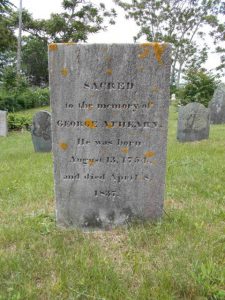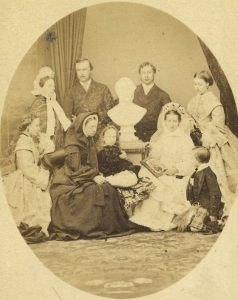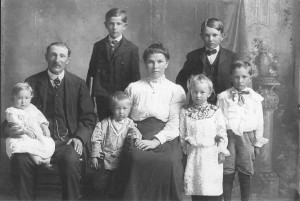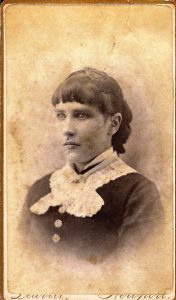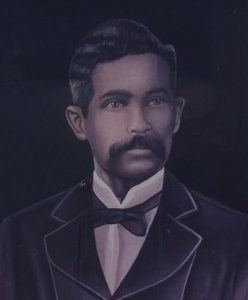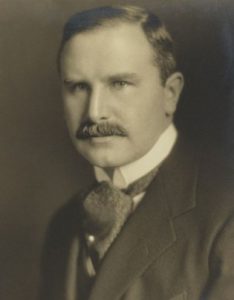
The name Campbell has been a favored first or middle name in the Steward family for the last 170 years; before that it passed down in the White family of Baltimore and New York, where it was still recently in use. It was my great-great-great-grandfather Campbell Patrick White (1787–1859) who seems to have been the first to bear the name as a first name, and perhaps it was his father, Dr. John Campbell White (1757?–1847), who was the first White with the Campbell middle name.[1]
So the Campbells had a name with which to conjure, and according to a nineteenth-century cousin it was thanks to the marriage of Dr. White’s parents, the Rev. Robert White and Jane Thompson, that the name entered the White family. Jane and Robert were cousins, but it was Jane who was “the aunt of Sir John Campbell, Lieutenant General of the Isle of Jersey, and a connection of John Campbell the great Duke of Argyle.” Continue reading ‘The pleasure of his acquaintance’
